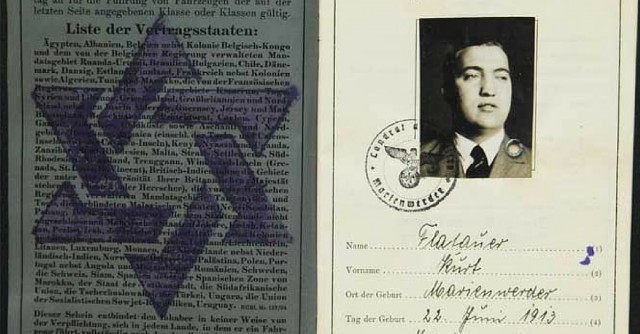
During WWII, the Philippines was one of the few countries that accepted Jews. And while the swastika meant eventual death for Jews in Europe, it ended up saving them in their new home.
Jews had been in the Philippines since the 16th century, but it was only with the opening of the Suez Canal in 1869 that their numbers grew. When the US took over in 1898, their numbers grew even further.
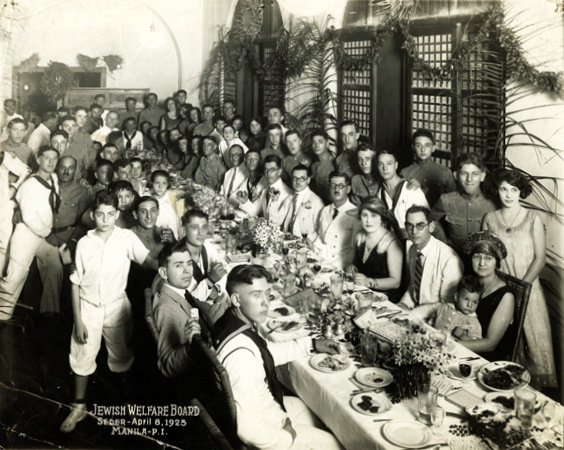
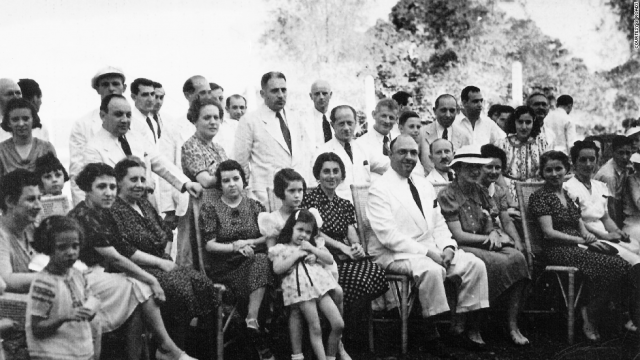
Since the Philippines was still American property, however, Quezon’s ability to dictate the country’s immigration policy was extremely limited. Fortunately, Jewish economic influence in the Philippines was considerable enough that the US government couldn’t ignore it.
America knew how Jews were being treated by the Nazis, but it was a strictly neutral country at the time. The US government was therefore reluctant to accept German and Austrian Jews for fear of creating tensions with Germany.
The Philippines, however, was another matter entirely.
Although a Spanish colony since 1570 and predominantly Catholic, anti-Semitism was an alien concept to the indigenous Filipinos. Often subjected to extreme racism under Spanish rule, a number sympathized with the Jewish plight. There was also the fact that most did not (and still don’t) understand the difference between a Caucasian who was a Christian and another who was a Jew.

On December 5, Quezon made a public announcement offering asylum to as many as the country could take. Those already in Manila began contacting relatives in Europe. Some even sent job offers, which allowed those already in concentration camps to get out.
But it was not enough. There was also the question of politics and cost.
Since the Philippines was represented overseas by US consular offices, High Commissioner Paul McNutt agreed to issue visas to Jews in Germany and Austria. The US State Department ordered a cap, however, since America wasn’t exactly pro-Jewish back then. So that covered the politics.
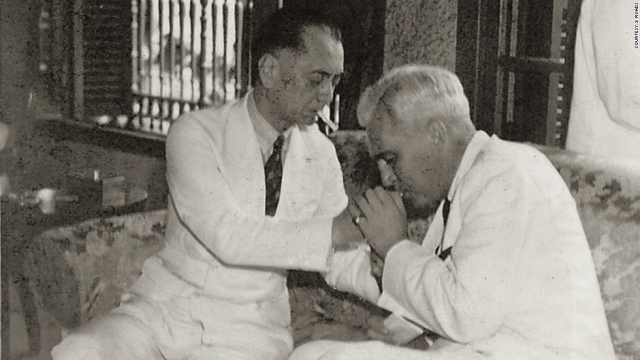
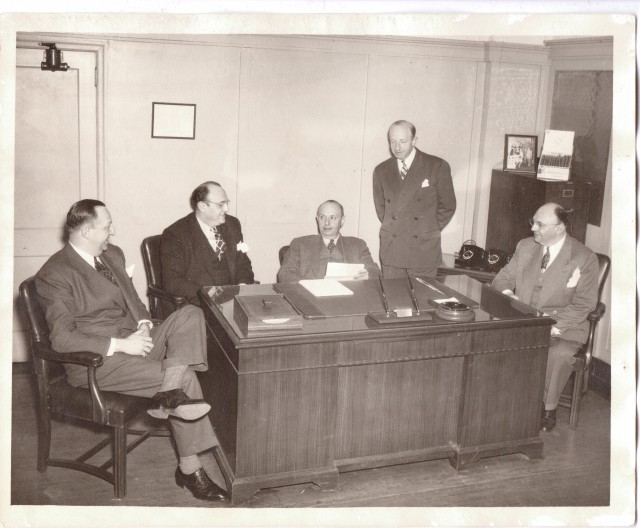
The local Jewish community had offered homes and jobs to the refugees, but as word spread throughout Europe and the number of arrivals grew, they were quickly overwhelmed.
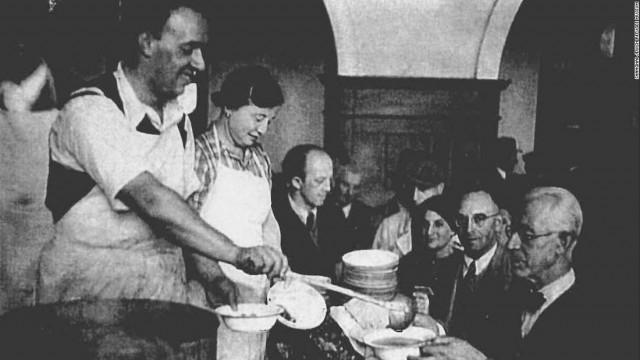
It was therefore decided that the island of Mindanao could take in an additional 10,000 Jews. The plan was that these would create the infrastructure to take in more. With approval from the US State Department, the Philippines officially opened its doors to receive the influx.
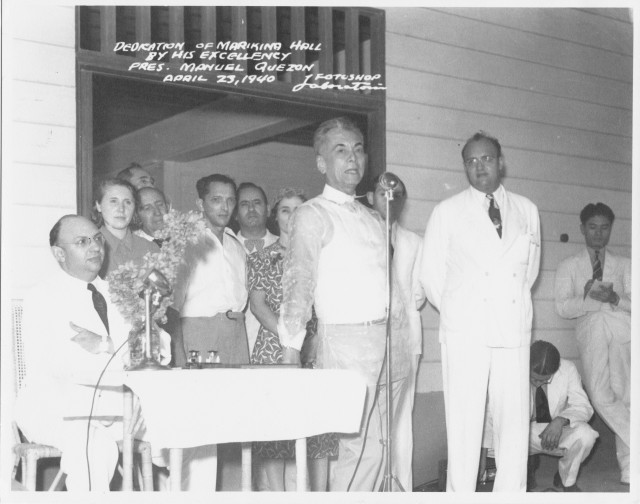
Americans soldiers were sent on a death march to Bataan. Others deemed to be enemy aliens were sent to concentration camps throughout Manila and in neighboring districts.
Nor were Filipinos safe. The Japanese Army took food and other resources, seized houses and businesses. Women and girls were turned into “comfort women” – sex slaves for the military. Beatings and summary executions were also common. By the time their occupation ended in 1945, it’s estimated that over a million in Manila alone had died, many from hunger.
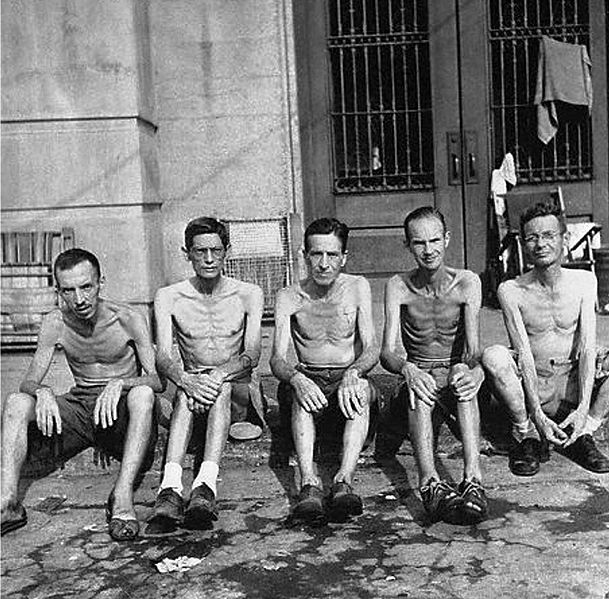
Although Germany did ask Japan to adopt anti-Semitic policies, most Japanese had no idea what a Jew was or actually cared. As far as the Japanese were concerned, they had an alliance with Germany – and if a European spoke German, then they had to be German.
Foreign nationals of interest, including a number of American and British Jews, were interred at the University of Santo Tomas. Though not killed outright, the Japanese couldn’t be bothered to feed them, so roles became reversed – German and Austrian Jews did what they could to feed them.
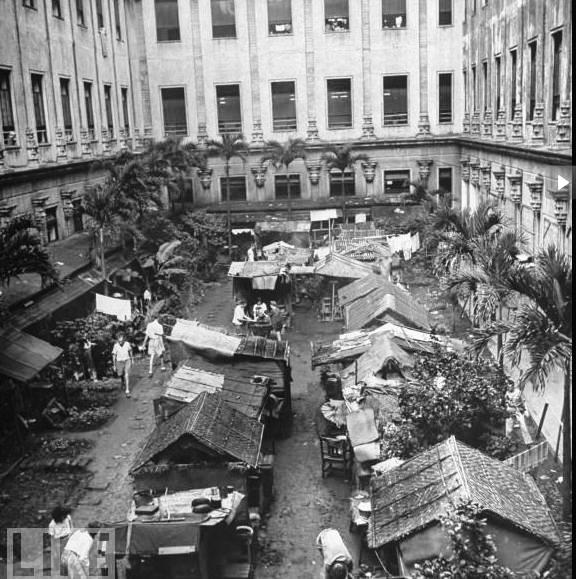
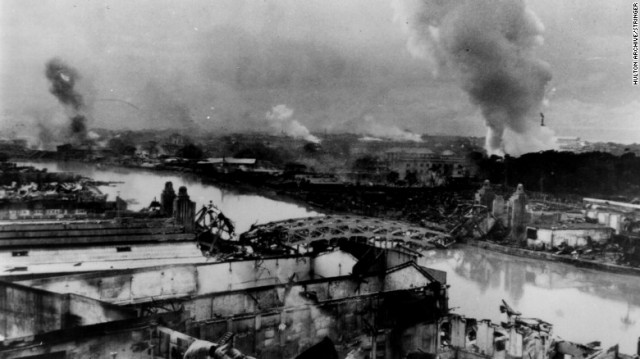
In 2009 the Israeli city of Rishon LeZion set up the Open Doors monument to commemorate the refuge the Philippines provided.

Δεν υπάρχουν σχόλια:
Δημοσίευση σχολίου